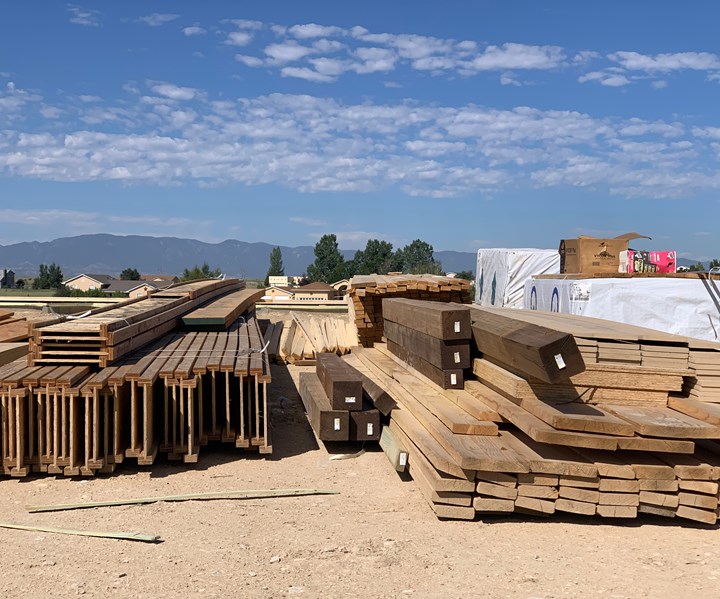Composites: Solid and Resilient Building Materials
Opening the Environmental Benefits of Recycled Composites in Building And Construction and Layout
In the realm of building and design, the application of recycled composites holds substantial promise for boosting sustainability techniques and decreasing environmental impact (composites). By incorporating these ingenious products, there is a prospective to address important issues such as waste reduction, power conservation, and a reduction in carbon footprint. The shift towards a much more sustainable future in these industries rests on unlocking the complete possibility of recycled compounds. This discussion will check out the multifaceted benefits and challenges associated with integrating recycled compounds into building and style, providing a glance into the transformative possibilities that lie ahead.

Environmental Impact Reduction
The decrease of ecological impact via using recycled composites in building and construction and style plays a critical role in sustainable practices. By including recycled compounds right into building materials, the construction sector can substantially reduce its carbon footprint and add to an extra environmentally friendly future. These lasting materials, made from repurposed plastics, timber fibers, or various other recycled elements, offer a practical alternative to traditional building and construction materials without jeopardizing on quality or resilience.
Recycled composites assist divert waste from garbage dumps and minimize the demand for extracting basic materials, therefore preserving natural deposits. Additionally, the production process of these composites usually eats less energy and sends out fewer greenhouse gases contrasted to producing virgin materials (composites). This change towards utilizing recycled composites not just reduces ecological injury yet additionally advertises a round economic climate by urging the reuse of products that would certainly otherwise be discarded
Waste Minimization
With an emphasis on reducing waste in construction and layout, the combination of recycled composites provides a sustainable service to lower ecological impact. Waste minimization is a critical aspect of sustainable practices, and the use of recycled compounds provides a possibility to attain this objective properly. By utilizing materials that have already offered their preliminary objective, such as recycled plastics or recovered wood fibers, the construction and style industries can substantially lower the quantity of waste created and sent out to land fills.
Recycled compounds have the potential to divert substantial amounts of waste from conventional disposal approaches, adding to a much more circular economic situation where sources are utilized successfully. In addition, the manufacturing process of recycled compounds usually eats much less power and generates less discharges contrasted to virgin materials, better minimizing the ecological impact of building and design projects.
Applying waste minimization approaches with the consolidation of recycled compounds not just helps in conserving natural deposits however additionally advertises a much more lasting technique to structure and making for a greener future.
Energy Conservation
Including recycled compounds not only decreases waste in construction and layout yet additionally plays a look at here now crucial role in boosting energy preservation techniques within the market. The use of recycled compounds in construction can substantially add to power preservation through different ways. By promoting the use of recycled composites in construction and layout, the industry can make considerable strides in the direction of attaining energy performance and reducing its carbon impact, ultimately contributing to an extra lasting developed setting.
Carbon Impact Decrease
Enhancing sustainability practices through the utilization of recycled compounds in construction and layout dramatically reduces the carbon impact of the market. By incorporating recycled products right into the production of compounds, the demand for virgin sources reduces, causing reduced power consumption and greenhouse gas discharges related to typical manufacturing procedures. This decrease in carbon footprint is crucial in combating climate change and promoting a more environmentally friendly approach to building and construction and design.
The carbon footprint decrease achieved through the fostering of recycled composites lines up with the international push in the direction of lasting techniques and the decrease of commercial emissions. Ultimately, by focusing on the integration of recycled compounds, the industry can make substantial strides in lowering its carbon footprint and adding to an extra sustainable future.
Lasting Future
The assimilation of recycled compounds in construction and style not just addresses immediate ecological problems but likewise lays a strong structure for a lasting future in the market. By incorporating recycled compounds into building products Your Domain Name and items, the building and construction and design sectors can considerably decrease their reliance on virgin resources, causing a much more round economy. This change towards sustainability is crucial for minimizing the environmental influence of standard construction methods, which frequently lead to high degrees of waste generation and source depletion.

Verdict
To conclude, recycled compounds supply considerable environmental benefits in construction and layout by minimizing ecological influence, lessening waste, saving power, lowering carbon impact, and advertising a sustainable future. Welcoming using recycled composites can add to a much more environmentally-friendly strategy to building and style, ultimately causing an extra lasting and greener future for all.
The decrease of environmental impact with the use of recycled compounds in building and construction and style plays a vital role in sustainable practices.With an emphasis on reducing waste in building and construction and style, the combination of recycled compounds provides a sustainable service to minimize ecological influence. By promoting the usage of recycled composites in building and construction and layout, the sector can make considerable strides in the direction of accomplishing energy efficiency and reducing its carbon footprint, eventually contributing to a more lasting built atmosphere.
